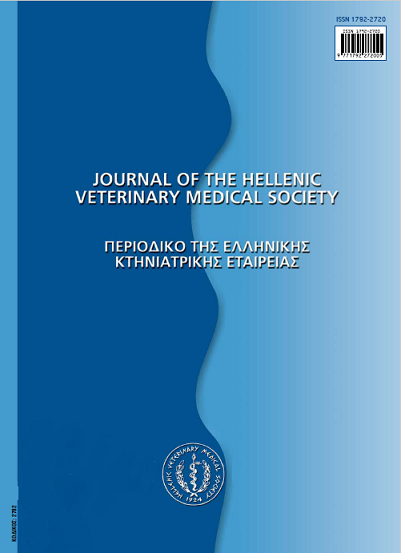Aujeszky's Disease (Pseudorabies). An old threat in current pig industry? Part I. Pathogenetic information and implications
Résumé
Aujeszky's disease (AD) (or Pseudorabies) is an important viral disease of swine causing neurological signs in neonatal pigs, respiratory problems in fatteners and reproductive disorders in breeding stock. Glycoproteins and enzymes of the AD virus (ADV) and their interactions with the cellular components majorly determine its pathogenesis. After primary replication in the epithelia of the upper respiratory tract, ADV travels via the nerves to the central nervous system and via the blood to secondary replication sites (lymph nodes, lungs, uterus etc). Depending on the age of the affected swine, it can cause neonatal mortality due to neurological disease, respiratory disease in growing and adult pigs and reproductive disorders in breeding animals. One of the characteristic features of ADV is latency. In this paper, its major points on etiology, pathogenesis, clinical and post mortem findings and diagnosis are presented.
Article Details
- Comment citer
-
PAPAGEORGIOU (Κ.Β. ΠΑΠΑΓΕΩΡΓΙΟΥ) K. V., BURRIEL, A. R., FILIOUSSIS (Γ. ΦΙΛΙΟΥΣΗΣ) G., PSYCHAS (Β. ΨΥΧΑΣ) V., NAUWYNCK, H., & KRITAS (Σ.Κ. ΚΡΗΤΑΣ) S. (2017). Aujeszky’s Disease (Pseudorabies). An old threat in current pig industry? Part I. Pathogenetic information and implications. Journal of the Hellenic Veterinary Medical Society, 62(1), 29–37. https://doi.org/10.12681/jhvms.14833
- Numéro
- Vol. 62 No 1 (2011)
- Rubrique
- Review Articles
Authors who publish with this journal agree to the following terms:
· Authors retain copyright and grant the journal right of first publication with the work simultaneously licensed under a Creative Commons Attribution Non-Commercial License that allows others to share the work with an acknowledgement of the work's authorship and initial publication in this journal.
· Authors are able to enter into separate, additional contractual arrangements for the non-exclusive distribution of the journal's published version of the work (e.g. post it to an institutional repository or publish it in a book), with an acknowledgement of its initial publication in this journal.
· Authors are permitted and encouraged to post their work online (preferably in institutional repositories or on their website) prior to and during the submission process, as it can lead to productive exchanges, as well as earlier and greater citation of published work.






